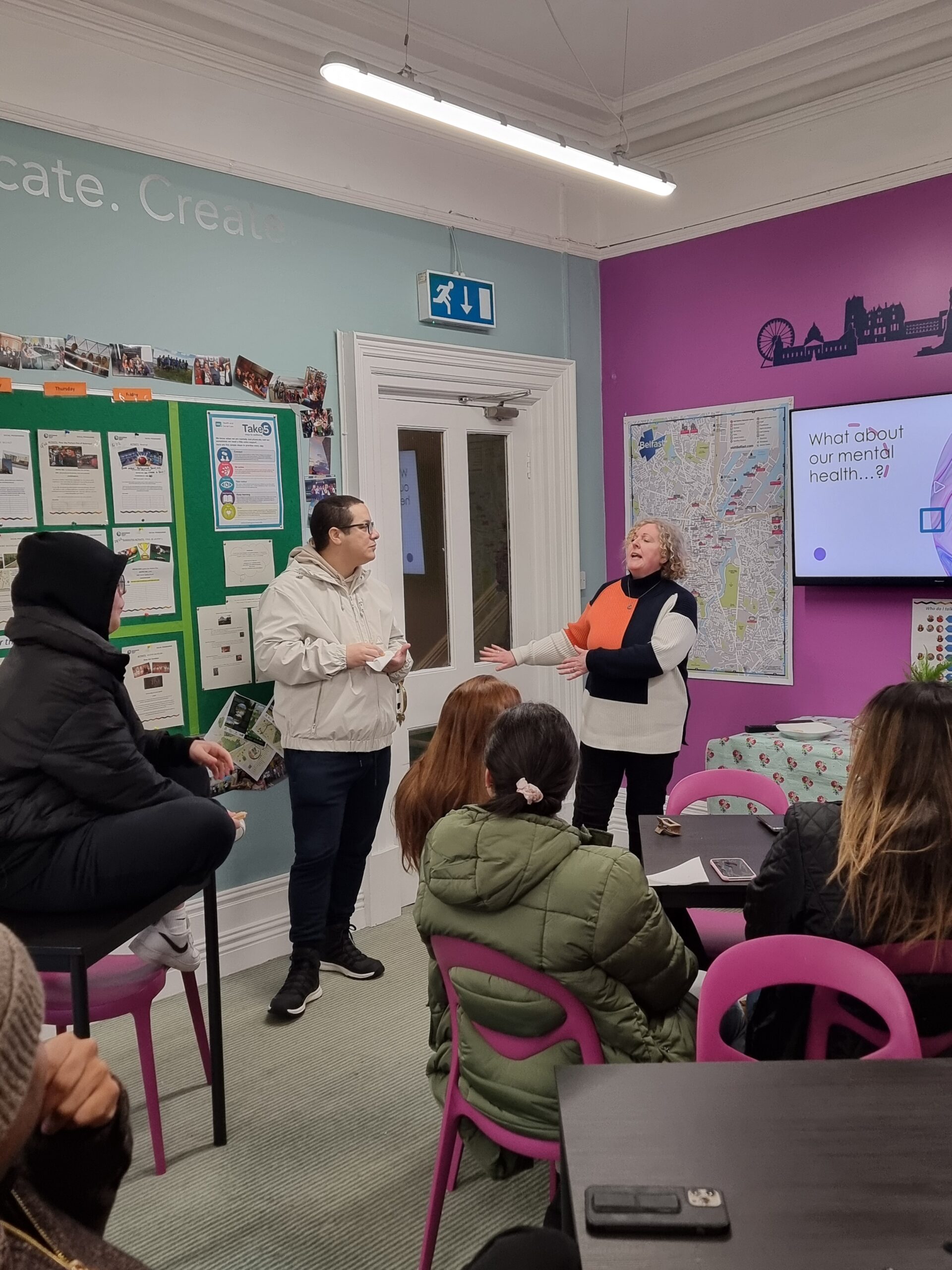

The Importance of Phonology in Language Learning
In the dynamic world of language learning, mastering pronunciation is often a significant challenge, especially when faced with sounds that are unique to English. Understanding the intricacies of phonology (the study of speech sounds) plays a pivotal role in helping learners overcome these hurdles and achieve proficiency in English pronunciation. In this article, we delve into the importance of incorporating phonology into language lessons, exploring practical strategies, benefits, and resources for educators to effectively support students in their pronunciation journey. From empowering learners with the phonemic chart to embracing diverse accents, this guide aims to equip educators with the tools and insights needed to navigate the complexities of English phonology and foster confident communicators.
Understanding the challenge: Sounds unique to English
There are many sounds in English that do not exist in other languages. Consequently, students may not be able to ‘hear’ the sound you are making or distinguish it from other sounds. If a sound doesn’t exist in the students’ own language, they effectively have to train their mouth to get into the position to make the sound.
Training the mouth: Overcoming pronunciation barriers
Training the mouth involves physical exercises and techniques aimed at helping students overcome pronunciation barriers by developing the muscles and coordination required to produce specific sounds accurately. Since some sounds in English may not exist in a student’s native language, they may struggle to articulate these sounds due to differences in mouth position, tongue placement, or airflow. Through targeted exercises and drills, learners can gradually train their mouths to adopt the correct positions and movements necessary for producing these sounds. By providing students with ample opportunities for oral practice and feedback, educators can effectively address pronunciation barriers and help learners achieve greater accuracy and fluency in spoken English.
Benefits of Using the Phonemic Chart in Class
When we deal with phonology in our lessons, we generally focus first on getting students to hear the sound, intonation, stress or connection between words, and once their awareness is raised, we move on to asking them to say or produce the phonological element we are focussing on. At its most basic, this means that we first model and then drill.
- Familiarisation with the phonemic symbols means that students can become more independent language learners. They can go away and look up pronunciation in the dictionary without needing the teacher to model it for them.
- When covering language in class, students are able to note the pronunciation for reference later (either in the lesson or at home).
- It benefits visual learners who often like to see sounds represented visually as well as hearing them.
Practical Tips for Integrating Phonology into Lessons
Here are some helpful tips to include phonology in your lessons:
- Keep it simple: there’s no need to put all the phonemes on the board, just stick to one sound – this will help you and your students to feel more confident with the phonemic chart!
- Remember students DO LOVE phonology: we often think students find it boring, but the truth is they find it incredibly helpful! There’s nothing more frustrating than knowing you are using the correct words, but people won’t understand you because of your pronunciation.
- Use your own accent: English is the lingua franca of the world – everyone has an accent, and there are multiple regional variations, embrace them all!
- Use resources: Apps are great to help you with the phonemic chart.
Resources for Phonological Support
- Utilising technology:
- Apps for phonemic chart assistance are a great classroom resource! LearnEnglish Sounds Right is the British Council’s free pronunciation chart for learners and teachers of English worldwide.
- Expert insights:
- Check out Adrian Underhill’s website for more insights (he’s the phonology king!)
- Integration into various aspects of lessons:
- As a rule of thumb, a little and often, incorporated into your lessons (language focus, within feedback to oral fluency, pre-teaching vocab for listening lessons) is more effective than a 45-minute focus on five sounds.
In conclusion, incorporating phonology into language lessons is essential for helping students navigate the unique sounds of English and improve their pronunciation skills. By familiarising students with the phonemic chart and providing practical tips for implementation, educators empower learners to become more independent and confident language users. Embracing diversity in accents and utilising resources like phonemic chart apps and expert insights further enrich the learning experience. Ultimately, by integrating phonology into lessons in a simple and consistent manner, educators can effectively support students in their journey towards mastering English pronunciation and communication.








